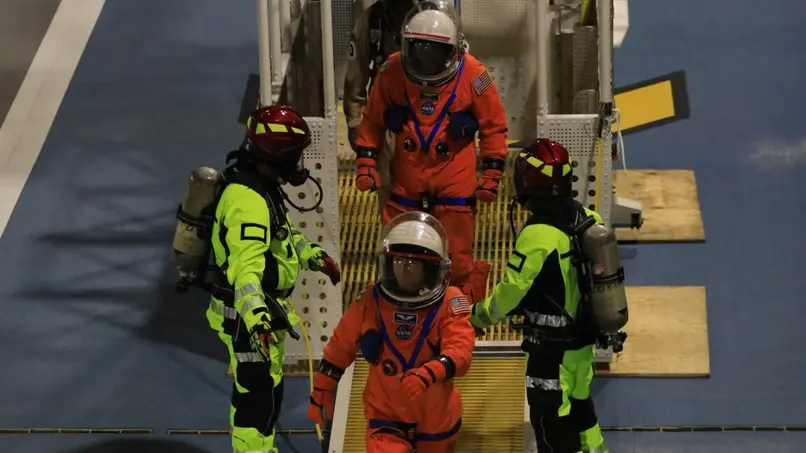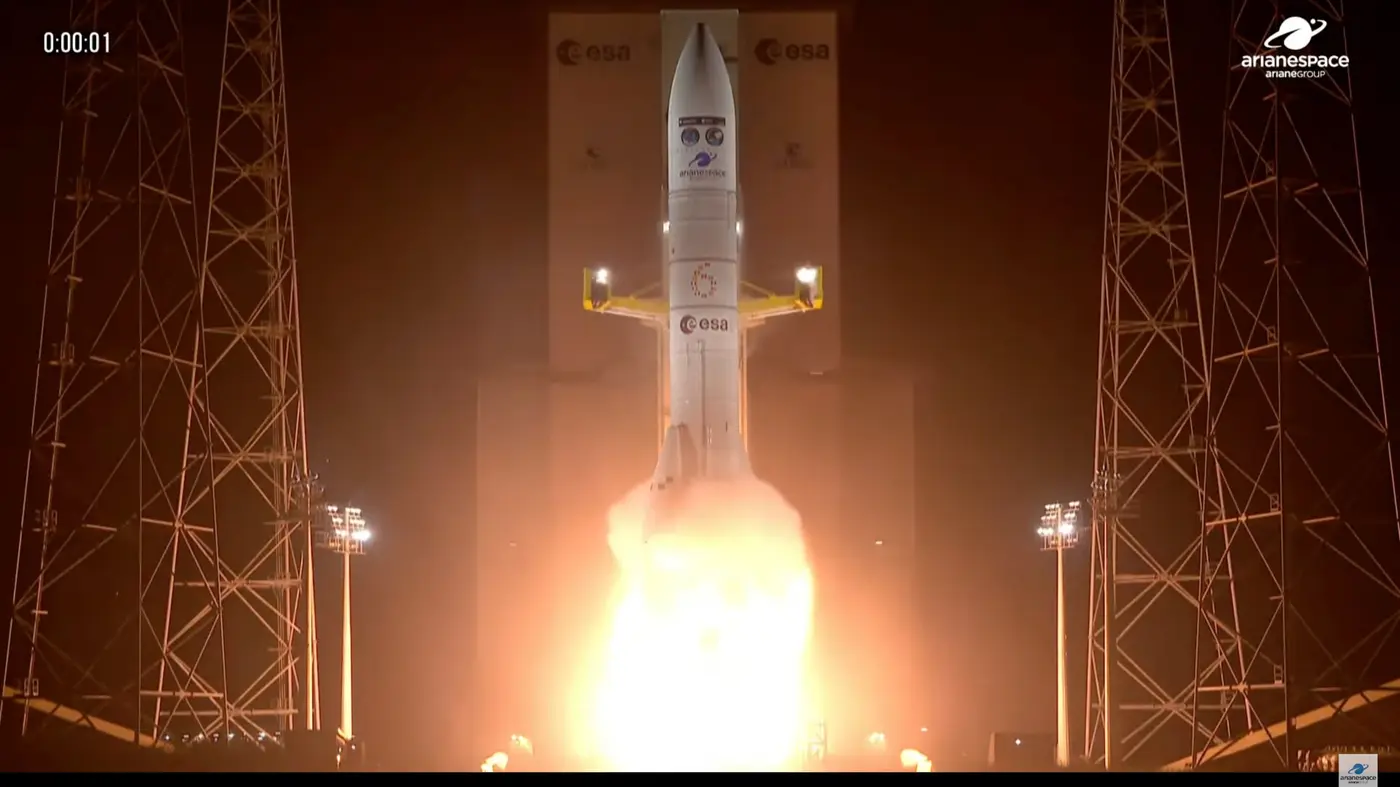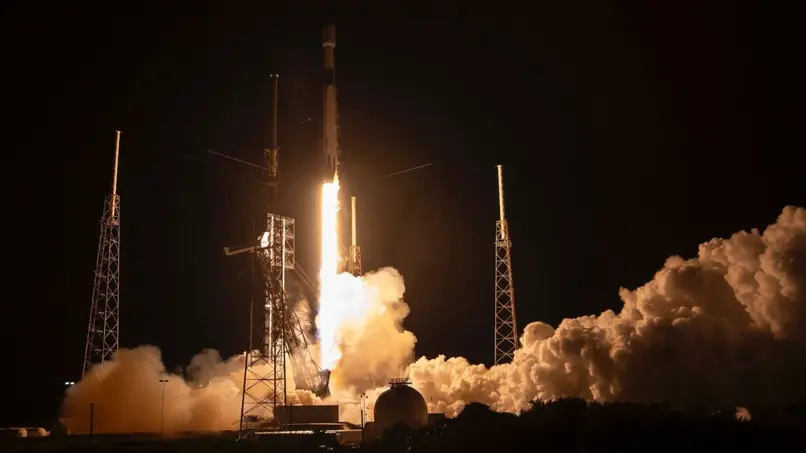T4K3.news
Ariane 6 completes third flight
Arianespace launches Ariane 6 from Kourou on its third orbital flight, followed by a Vulcan Centaur mission from Florida.

A look at recent launches shows Western teams pushing cadence and reliability while China expands its sea-based launch program
Ariane 6 completes third flight as Vulcan launches on military mission
Two major rocket programs marked progress this week. In French Guiana, Arianespace launched the Ariane 6 on its third orbital flight, carrying a European weather satellite. Minutes later, United Launch Alliance sent the Vulcan rocket from Florida on a US military mission, underscoring a push to broaden domestic heavy lift capability. The launches illustrate how Europe, the United States, and China are expanding cadence as they chase reliability and new customers.
Offshore operations continued as Geespace rode 11 satellites into orbit on the Jielong 3 solid fueled rocket from an ocean platform in the Yellow Sea. It was the sixth flight for the Jielong 3, built by a spin off of China's state space program. The mission highlights the growing role of commercial players in Asia's space economy. The fourth stage of Jielong 3 reentered over Spain, creating a bright fireball seen by residents who initially mistook it for a Perseid meteor. Officials say debris likely fell into the Mediterranean. The episode adds to the debate about space debris and end-of-life management, while observers note questions about China's long term launch cadence and the capacity limits of its heavy lifters such as the Long March 5B.
Key Takeaways
"Ariane 6 is proving the European program can deliver"
Factual
"This is not a victory lap, it is a proof of cadence"
Opinion
"Jielong 3 shows how private and state actors cooperate on offshore launches"
Highlight
"Debris and reentry remind us the sky is not an empty highway"
Emotional
Taken together, these events reveal a wider trend. More players are running launch cadences that blend commercial and government missions. That mix tests supply chains, budgets, and regulatory oversight. Western programs aim to lock in reliable production for defense and science customers; China expands a growing commercial sector that coexists with state goals. The reentry incident underscores how space debris remains a risk for populations below and for future launch planners. If the field continues to mature, customers will demand lower costs, higher reliability, and clear end of life rules for payloads and boosters.
Highlights
- The pace of launches is changing the math of the space race
- Reliability will decide who wins the next round of contracts
- End of life rules are the new safety frontier
- Cadence is now a competitive weapon in space
Geopolitical and debris risks in launch cadence
The report covers state backed and private space programs and their budgets. It also raises concerns about space debris from reentries and the need for clear end of life rules for boosters.
The next phase will test whether the current cadence becomes the new norm
Enjoyed this? Let your friends know!
Related News

Ariane 6 launches third liftoff

Amazon launches more satellites for broadband network

Heathrow expansion faces strong opposition from rival proposal

Jet2 passengers mistakenly board wrong flight

Jet2 passengers outraged after flight mix-up

Diablo IV 2.4.0 PTR Preview

Airlines trim August schedules as demand shifts

Steelers win in preseason opener
